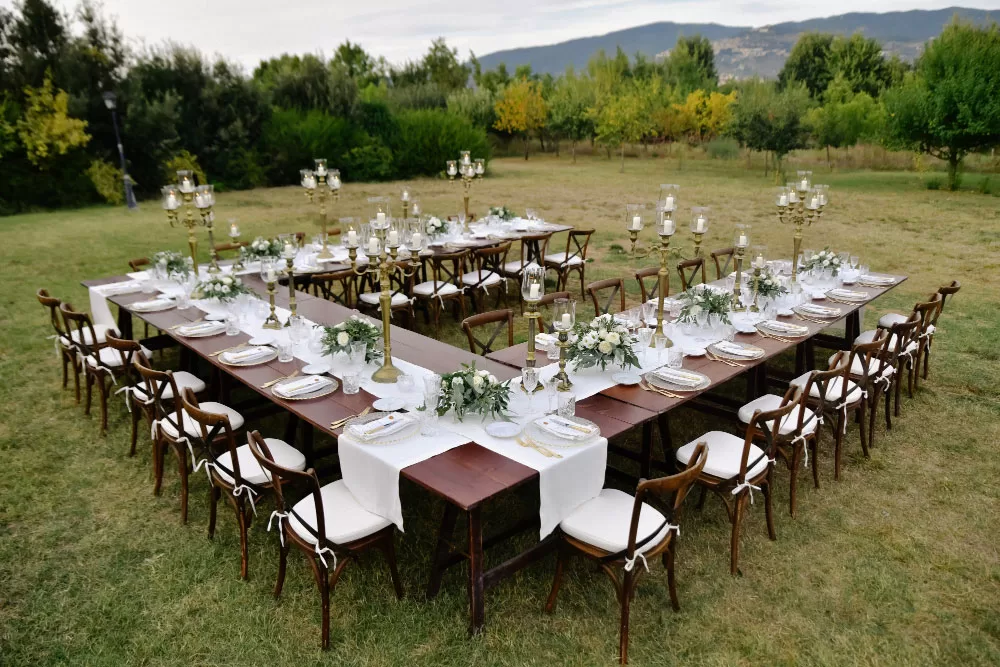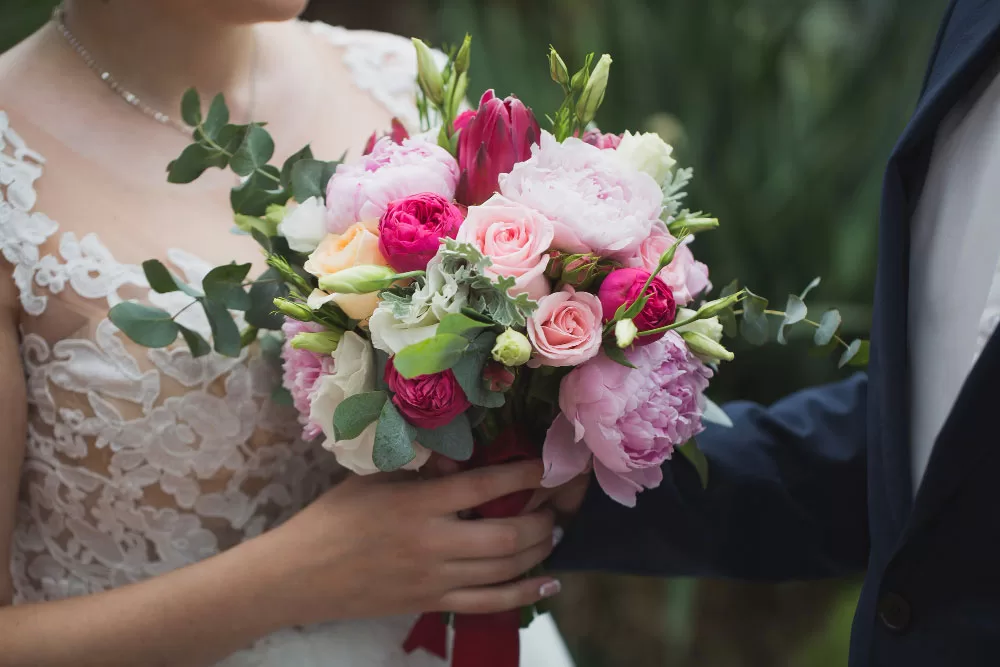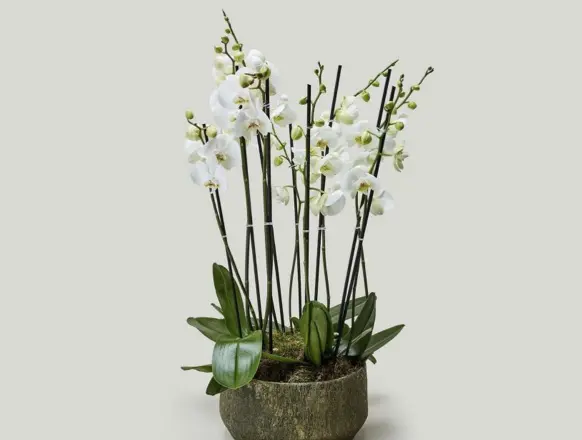What Are the Best Practices for Dealing with Wilted Flowers?
Table of Contents
ToggleIn this guide, we understand the best practices for reviving wilted flowers and creative ways to repurpose them.
The Art of Reviving Wilted Flowers
1. Trim for Success
Wilted flowers often struggle to absorb water. Use a sharp knife or scissors to cut about an inch off the bottom of each stem at a 45-degree angle. This allows water to flow more easily into the stems. Trim leaves that would sit in water to prevent bacterial growth.
2. Fresh Water, Fresh Start
Stale water is a common concern behind wilting blooms. Replace the water in your vase with clean, lukewarm water, and add a teaspoon of sugar or clear soda to provide nutrients. A few drops of bleach will keep bacteria at bay.
3. The Magic of a Cool Bath
For stubborn flowers, submerge the stems and blooms in a sink or basin filled with lukewarm water for 30 minutes. This deep hydration can often help improve their condition.
4. Chill Out
Flowers survive in cooler temperatures. Move your arrangement away from direct sunlight, heat sources, or drafts. For an added advantage, place the bouquet in the fridge overnight, it’s like a rejuvenating spa treatment for your blooms!
5. The Boiling Water Hack
For especially stubborn flowers, try this trick: boil water, let it cool slightly, and dip the bottom inch of the stems into the hot water for about 30 seconds. This clears any blockages in the stems and allows them to drink water more efficiently.
6. Avoid Overcrowding
Too many flowers in one vase can block airflow and cause premature wilting. So avoid this and let your flowers grow.
7. Dry Them for Rustic Charm
Hang the flowers upside down in a dark, dry space for a week. Use the dried petals in potpourri, wreaths, or rustic arrangements.
8. Press Them for Art
Place the flowers between parchment paper and press them under heavy books. Once dried, use them for handmade greeting cards, bookmarks, or framed art pieces.
9. Petal-Perfect Baths
Scatter petals in your bathwater for a luxurious and relaxing experience. Add a few drops of essential oil for extra natural benefits.
10. DIY Candles and Soaps
Incorporate dried petals into homemade candles or soaps for a personal and decorative touch.
Prevention Tips to Keep Flowers Fresh Longer
1. Hydrate Regularly
Check water levels daily and replace them every two days to prevent bacterial growth. Replace the water every 2-3 days, ensuring it’s clean for keeping flowers fresh. Stagnant water encourages bacteria growth, which can harm the flowers.
2. Handle with Care
Avoid rough handling, as it can swell delicate petals.
3. Create Space
Don’t overcrowd flowers in a vase give them room to breathe and create a nature to make them bloom.
4. Trim Often
Cut the stems every few days to maintain hydration efficiency.
5. Use Clean Vases
Ensure that your vase is thoroughly cleaned before using it, a dirty vase can shorten the lifespan of flowers.
6. Add Flower Food
Use the flower food that often comes with bouquets or make your own by mixing water with a bit of sugar and bleach. Flower food helps to prevent bacterial growth and provides nutrients to the flowers.
7. Remove Foliage Below the Waterline
Store flowers in a cool place, away from direct sunlight, heat, or drafts. Extreme temperatures can cause flowers to wilt faster.
8. Use a Floral Preservative
Some floral preservatives, which contain biocides, sugars, and acidifiers, help to slow down the aging process and prevent bacterial growth in the water.
9. Provide Proper Humidity
A humid environment can help extend the life of flowers, particularly in hot weather. Consider placing flowers in a room with higher humidity or lightly misting the flowers for additional moisture.
10. Keep Flowers Away from Ripening Fruit
Fruit emits ethylene gas, which can accelerate the wilting of flowers, so it’s best to keep flowers away from fruit bowls or ripening produce.
Wilted flowers don’t mark the end of their beauty. With these revival tricks and repurposing ideas, you can extend their charm and find joy in their second life. But nothing feels more disheartening than watching those once-vibrant blooms wilt too soon. Don’t toss them out just yet! So the next time your flowers begin to droop, see it as an opportunity to get creative and let their story continue.
Celebrate the beauty of nature, no matter the stage of its blossom!






